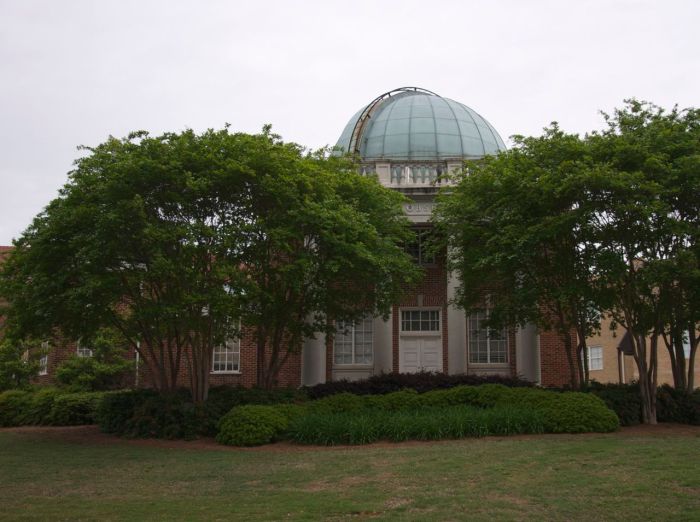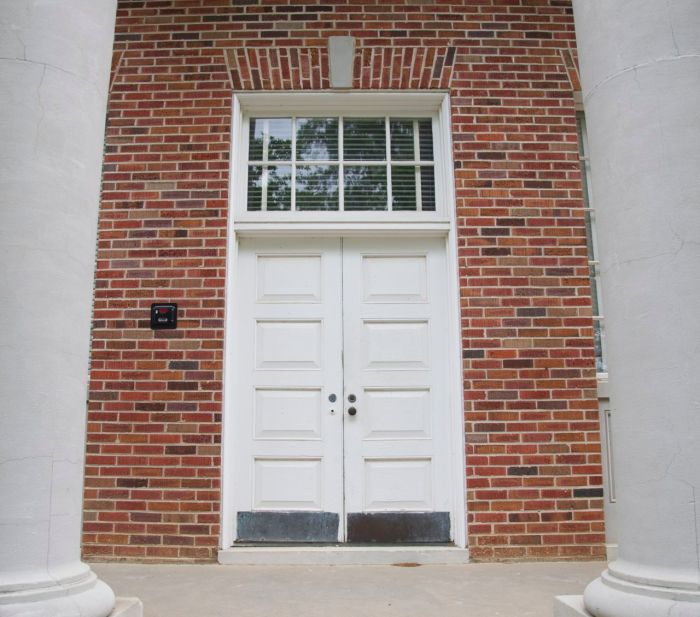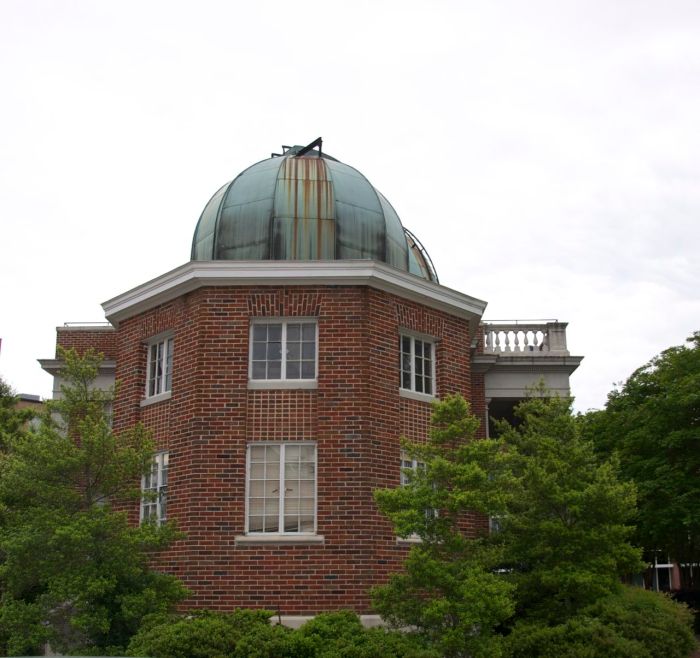…conditions in Mississippi were worse than at any time since the Civil War (Harry Hopkins, 1936, Spending to Save: The Complete Story of Relief). With a state government in bankruptcy, Mississippi welcomed the federal funds that finally began to trickle down in 1932 (Roger Tate, Jr., 1978, Easing the Burden: The Era of Depression and the New Deal in Mississippi).
Over the five years between 1936-1941, the University of Mississippi would see the trickle down turn into a steady stream, using Federal Emergency Administration of Public Works funds to:
- build a new football stadium
- improve the baseball field and add a grandstand
- enlarge the golf course
- build an Olympic-sized swimming pool.
In addition to improving and adding sports facilities, UM added six new dorms, 8 faculty apartments, 22 faculty houses, a fraternity house, Student Union Building, Kennon Observatory, and the Physics Building. (David S. Sansing, 1999, The University of Mississippi: A Sesquicentennial History, Jackson: University Press; Gerald W. Walton, 2008, The University of Mississippi: A Pictorial History, Nashville: Booksmith Group).
Kennon Observatory was constructed in 1939, and once again, R. W. Naef was the architect. Naef apparently held the reins to all of the New Deal construction on campus during those years. Kennon was designated as a Mississippi Landmark in 2011.
Dr. William Lee Kennon was “instrumental in securing the funding for Lewis Hall and Kennon Observatory” (University of Mississippi, Department of Physics and Astronomy). The building was conceived by Dr. Kennon, according to the history of the department. The front of the building faces “due south” and is “precisely aligned east to west.”
The building is topped with two copper-roofed domes. The small one, visible in the photograph of the western dome, is fitted for “a small 5 inch telescope acquired by FAP Barnard in 1856 or thereabouts” (Mississippi Department of Archives and History, Historic Resources Inventory database). In 1997, the Little Dome and the octagonal room were refurbished.
The rear of the building bears a similar design as the front facade.
The slanted roof of the transit room is designed to open for observations using a three inch Meridian telescope…design in the railing in front of [rear] entrance illustrates the Pythagorean Theorem
(for a fun illustration of the Pythagorean Theorem in case it’s been a couple of years since your high school math, click the link and look at the animated explanation).
Note: the placement of the handicap accessible ramp blocks a clear view of the illustration, but note the triangle shape of the railings just past the handicap ramp railings.
The large dome houses a 15 inch telescope. The observatory was named for Kennon at his death in 1952. And to wax poetic, I have to add Malvaney’s delicious description from last week’s comments about whether Lewis is a dog or a nostalgic gasp:
Naef was capable of much better Modern Classicism/Stripped Classicism/Classical Modernism, whatever term is used for this stylistic family. For instance, his nearby Kennon Observatory is a lovely adaptation of classicism, using many of the same pieces he uses here but put together in a more interesting way, at least in my opinion. The building uses the typology of hyphen and wing, but in a fresh and asymmetrical way to the point of almost seeming Post-Modern (in a good way, not the normal way).
Categories: Historic Preservation, Mississippi Landmarks, New Deal, Oxford, Universities/Colleges






The rust stains from the apparatus on top of the dome really blemish the dome and building. Who put that contraption up there and didn’t maintain it properly? Are “they” cleaning that piece of metal up and properly painting it?
LikeLike
I am not privileged to information regarding the maintenance schedule, but I assume the building has a maintenance schedule just like all the rest of them do,and out-of-sync repairs are made when the building supervisor identifies a need.
However, I am of the camp who like things that reflect use, the patina of age and exposure making it more interesting to me. That does not mean I don’t see the need for periodic maintenance to prevent damage, but nor do I see those objects as a blemish.
Note: These are my own personal opinions, and in no way reflect official university policy and what they do and do not do.
LikeLike
Is that 15 inch telescope and the observatory in use?
LikeLike
As far as I know. Open House is held on a regular basis for public viewing of significant events. Last year, for example, the viewing of the Transit of Venus, when the planet passes in front of the sun. I did locate one discrepancy, where there are two different versions regarding the acquisition of the telescopes.
LikeLike
Since you mentioned FAP Barnard…an impressive display of scientific instruments obtained by him during his tenure and that of John Millington are on display in the University Museum. It is an amazing exhibit. There is some fascinating history surrounding the two men, too.
LikeLike
Yes, the exhibit is fascinating. I went to see it not long after I arrived.
LikeLike
I think the domes remind me of a stately, elder gentlemen, much revered by his worthy life and just showing the passage of time. I quite enjoyed this article and pictures as I’ve never had the opportunity to visit.
LikeLike